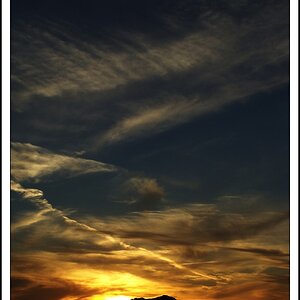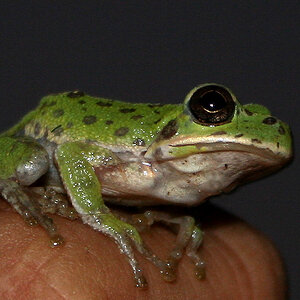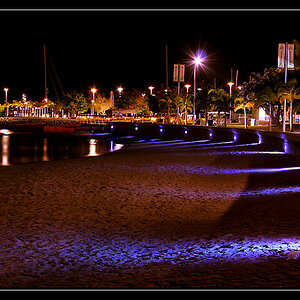Stevepwns
No longer a newbie, moving up!
- Joined
- May 29, 2013
- Messages
- 622
- Reaction score
- 203
- Location
- Maryland
- Website
- www.jacobeastonphotography.com
- Can others edit my Photos
- Photos OK to edit
What do you use and why?
I have been using sRGB, I have read and watched videos on the debate over AdobeRGB as compared to sRGB. I would be interested in your thoughts and why you choose to use what you use. Pro's and Con's, does it even make a difference, etc...
I have been using sRGB, I have read and watched videos on the debate over AdobeRGB as compared to sRGB. I would be interested in your thoughts and why you choose to use what you use. Pro's and Con's, does it even make a difference, etc...













